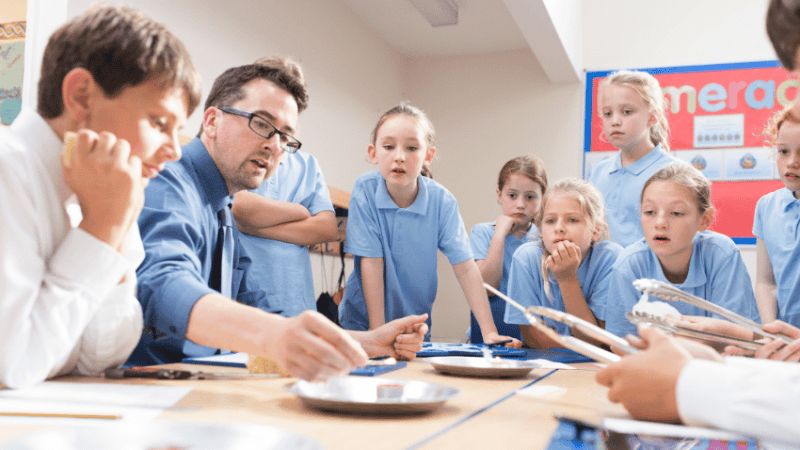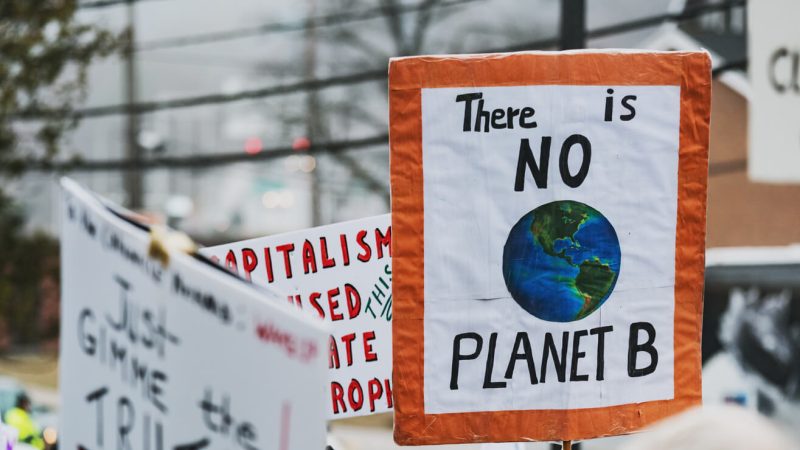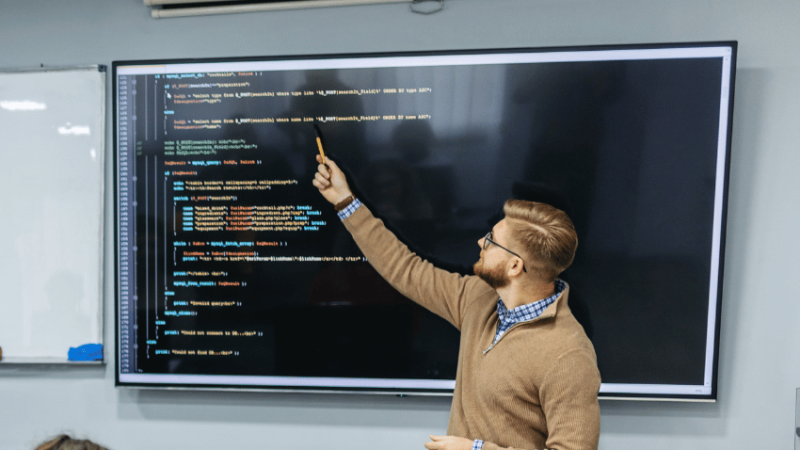Science practicals – Are your classroom experiments COVID-safe?
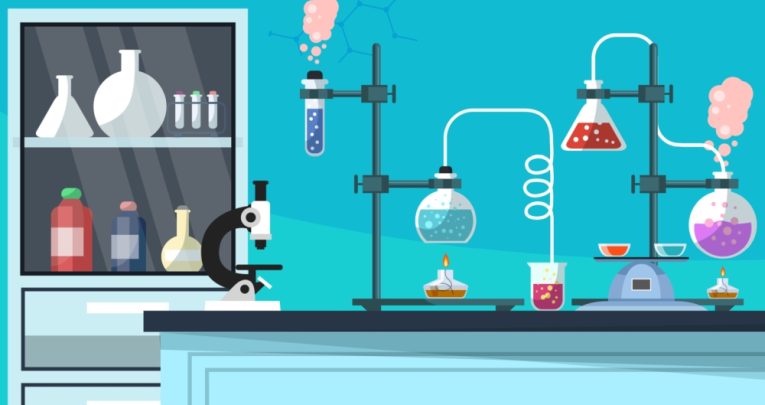
Running secondary science practicals in the post-lockdown world is a big challenge, but with imagination and collaboration they’ll be able to continue, says Reece Broome…
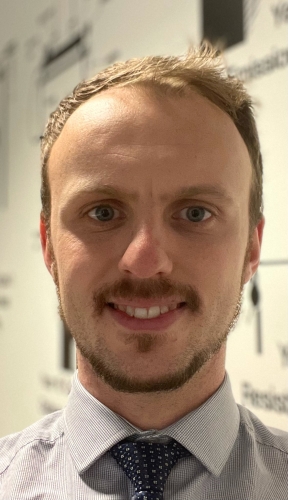
- by Reece Broome
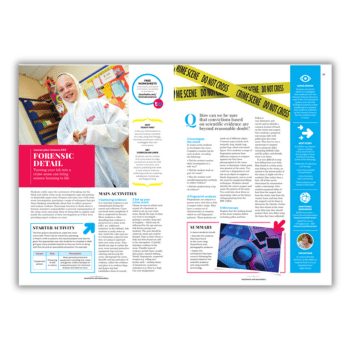
Science without practical lessons is a bit like trying to play football without pulling on your boots and kicking a ball. Practicals are crucial for helping students make sense of many key concepts across biology, chemistry and physics.
They’re also a great motivator, providing a crucial hook that can pull students further into a subject that they may well go on to study at a higher level.
Here at Torquay Academy, we’ve tried to overcome the obstacles placed in the way of our practical science provision by COVID safety regulation through thinking creatively and collaboratively. We’re proud of the fact that every student in each year group has conducted at least one practical this academic year, but it hasn’t been without difficulty.
Safety first
The main challenge we face is that the science equipment employed in practicals is used across bubbles. That means having to quarantine equipment for 72 hours before it can be used again. There’s added pressure for practicals to go smoothly, since repeating them isn’t an option.
Before the pandemic, you could simply reorder the same equipment if you were unable to cover all you wanted to. Do that now, and it can put unreasonable pressure on your colleagues.
Practical science lessons can present a health and safety risk to students, but they’re also a time when students feel most at ease with breaking rules. Without strong, established routines, practicals can imperil student safety and waste valuable time.
Crowd control
One technique we’ve adopted to make science practicals go smoothly is to prepare equipment in trays, which one person in each group collects at the start of the lesson – this stops students from charging round in all directions, searching for the correct items.
We’ve also shifted the curriculum around, ensuring that year groups aren’t the same content simultaneously by dividing their time across the three subjects to reduce demand on equipment. This also gives practical-heavy subjects more time with the equipment.
Outside help
Researching school science practical videos on YouTube has provided me with valuable CPD, and helped improve my science practicals for the better. I highly recommend The Malmesbury Science YouTube channel.
Technicians are our key partners in keeping science practicals viable. If you find a video practical that you’d like to replicate for your students, show it to your lab tech well before the lesson – you’ll be amazed at what they can achieve.
Reece Broome is head of online learning at Torquay Academy, and a contributor to a new report published by the online learning app, Tassomai.
Titled ‘Edtech in science education – building back better in a post pandemic world’, the report highlights the risks posed to science practicals by the pandemic and suggests strategies for the future. Download the report here.





